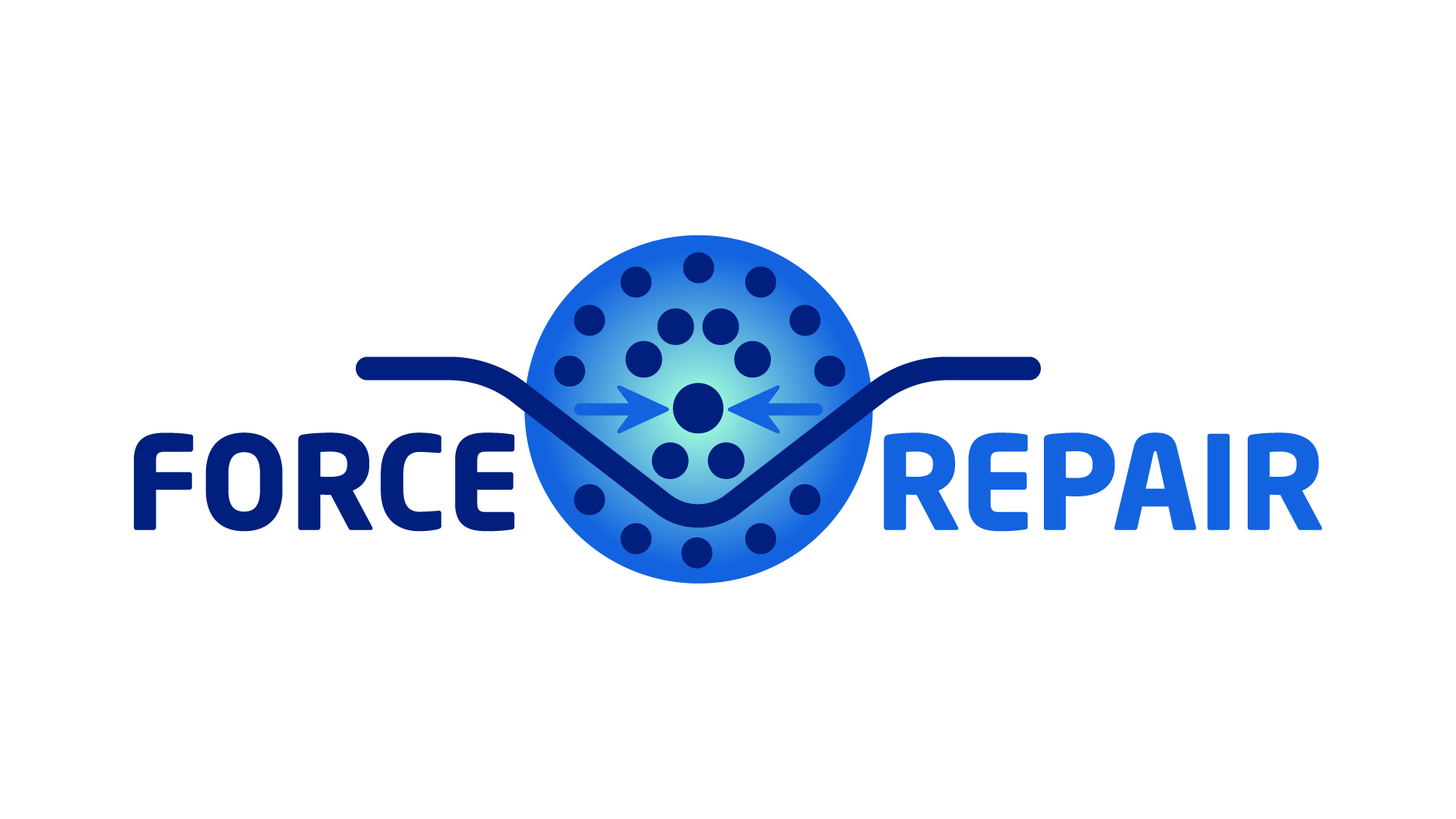International research team sets out to develop a smart, multifunctional, and cost-effective 3D-printed wound dressing
San Sebastián, Spain, 2 February 2023 - A wound is the loss of the anatomical and physiological continuity of the skin. Chronic wounds, clinically defined as wounds that usually do not heal in less than three months, affect up to 2% of the population in the industrial world, with incidents expected to rise significantly in the next years. In Europe, 2-4 % of the total health expenditure is used for wound management. However, current therapies remain insufficient and costly. To date, medical devices to treat chronic wounds have not been able to achieve reliable skin regeneration and reduce scar formation. Therefore, the new research project FORCE REPAIR aims to advance chronic wound management by developing a smart, multifunctional, and cost-effective 3D-printed wound dressing to help control bacterial infection and inflammation. The novel biomaterials-based therapy will relieve skin tension and stimulate healing by combining innovative biocompatible technologies with pro-regenerative active ingredients. The project brings together 14 partners from 7 European member states. Over the next four years, the project will receive a total funding of more than 5 Mio EUR from the European Union’s “Horizon Europe” funding programme for research and innovation.
While chronic wounds can affect any age group, older people, alongside patients suffering from diabetes or obesity are at higher risk of developing them. Although diverse, major causes of chronic wounds are excessive inflammation, persistent infections, formation of drug-resistant biofilms, vascular insufficiency, damaged peripheral nervous system, and the inability of skin cells to respond to regeneration. Due to the varying underlying pathologies, the healing of chronic wounds is challenging, and effective treatment requires a multi-layered, personalised, patient-centred therapeutic approach.
“Given the complexity of chronic wounds, in FORCE REPAIR, we will focus on the effective regeneration of the skin affected by infected chronic wounds. This can only be achieved if we consider the following aspects simultaneously and holistically: mechanical stability, reduction of undesired infection, and guided tissue regeneration. We will develop a smart wound dressing based on personalised 3D printable biological scaffolds to reduce undesired infection, mitigate inflammation, and relieve skin tension to recreate a healthy environment to induce skin self-healing and offer a prolonged regenerative effect,” says project coordinator Dr Damien Dupin from the Spanish research organisation CIDETEC.
Creating a smart 3D printable wound dressing
The FORCE REPAIR concept is based on a unique 3D printable hyaluronic acid-based self-healing hydrogel (HA-Ag-DH) with antibacterial and bioadhesive properties, which will maintain the moisture of the wound over a long period of time. The printable biomaterial will allow the placement of each component in a strategic location to fight infection and reduce inflammation to recreate the environment of healthy tissue.
“We will print the dressing under a customised 3D bioprinting protocol, including a tailor-made bioprinter and a new software for 3D trajectories using bio-inks using a Quality-by-Design strategic approach to facilitate translation to the patient. To this end, three different bio-inks based on the same HA-Ag-DH printable material will be strategically located in the dressing to tackle the wound in three ways: The first antibiotic bio-ink will be placed in contact with the wound to start as soon as possible to fight infection; the second anti-inflammatory bio-ink will be mainly concentrated as an underlying layer to control the inflammation, and the regenerative bio-ink will be mainly located in the centre of the 3D printed scaffold. In addition, a quick UV treatment will induce contractile force to relieve wound tension and accelerate its closure,” explains Dr Dupin.
Facilitating wound care management and reducing healthcare costs
The innovative FORCE REPAIR scaffold will be patient-friendly and can be tailored to individual needs. It will stimulate healing, facilitate wound care management, and thus help reduce associated healthcare costs. By providing a prolonged regenerative effect over at least 15 days, the new wound dressing will significantly decrease the daily frequency of nurse attention to change the dressing and lead to a healed wound with a low probability of opening again.
In addition to advancing chronic wound treatment, reducing healthcare costs, and improving patients’ overall quality of life, FORCE REPAIR will also contribute to the global Sustainable Development Goals. The project seeks to establish a more sustainable production of bio-inks and nanocapsules. Regarding the latter, the process will be adjusted to parameters that ensure the lowest energy consumption. In addition, developing a new digital solution to minimise material waste and energy consumption with the customised 3D printer and the associated software will contribute to EU leadership in producing materials that provide solutions for a clean, pollutant-free environment.
FORCE REPAIR brings together a multidisciplinary team of 14 partners across Europe to share and coordinate efforts, knowledge, and wound management expertise. The consortium represents experts from the fields of biological, cellular, and immunology mechanisms, biomaterials design, 3D additive manufacturing, digitalisation, regulation, and business.
